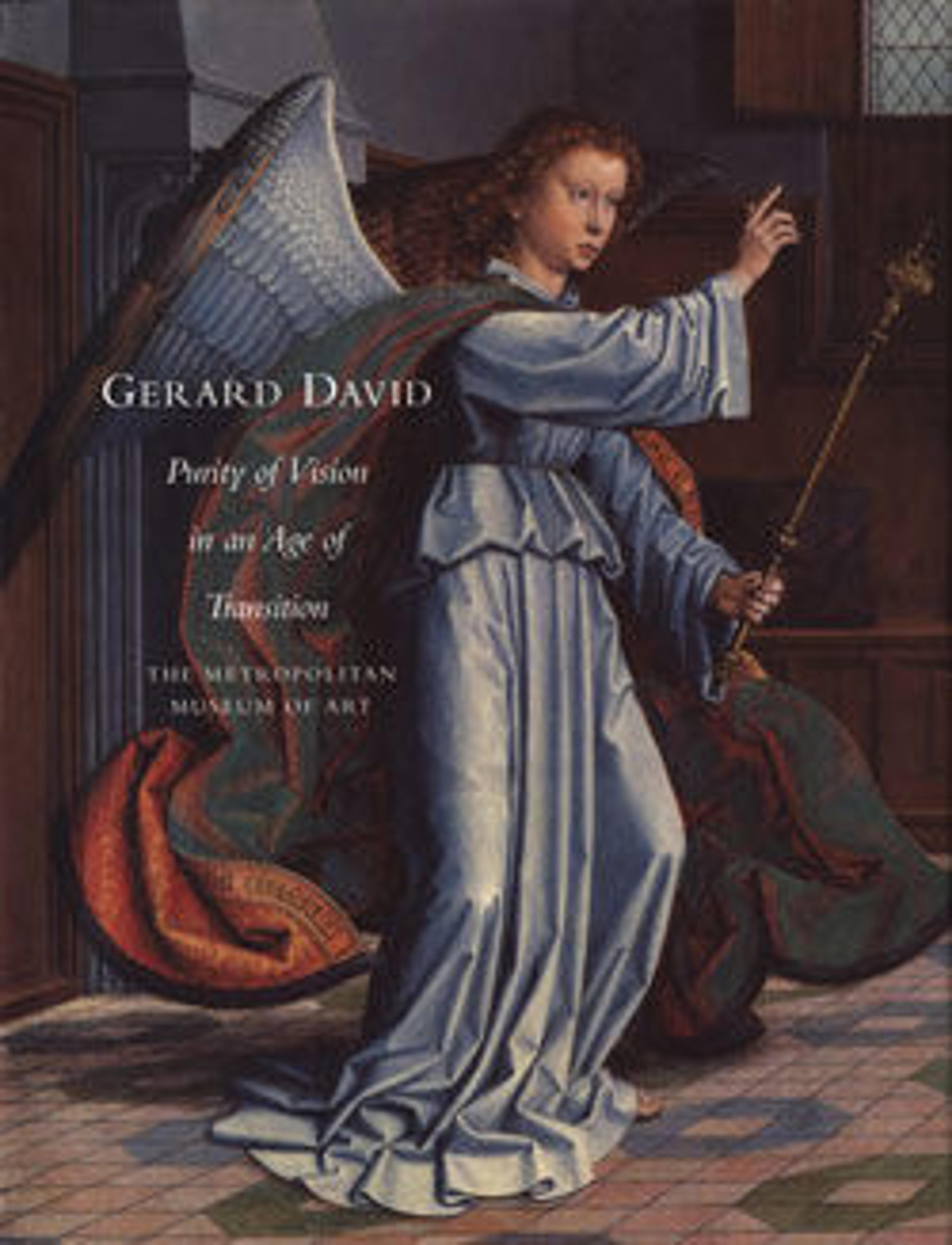Saint John the Baptist; Saint Francis Receiving the Stigmata
While John the Baptist was frequently represented in Netherlandish art, his pairing with Saint Francis is rare in the north. The latter was venerated especially in Southern Europe, suggesting that these paintings could have been commissioned by an Italian merchant working in Bruges. Originally the wings of a triptych, they might have flanked a Crucifixion or a Lamentation, for they both share the theme of Christ’s sacrifice: Saint John points to the Lamb of God, a familiar metaphor for Christ as the redeemer of mankind, and Saint Francis miraculously receives the stigmata at a distance from his monastery on Mount Alverna.
Artwork Details
- Title: Saint John the Baptist; Saint Francis Receiving the Stigmata
- Artist: Gerard David (Netherlandish, Oudewater ca. 1455–1523 Bruges)
- Date: ca. 1485–90
- Medium: Oil on wood
- Dimensions: Left wing, overall 18 x 6 5/8 in. (45.7 x 16.8 cm), original painted surface 17 5/8 x 5 7/8 in. (44.8 x 14.9 cm); right wing, overall 17 7/8 x 6 1/2 in. (45.4 x 16.5 cm), original painted surface 17 5/8 x 5 3/4 in. (44.8 x 14.6 cm)
- Classification: Paintings
- Credit Line: The Friedsam Collection, Bequest of Michael Friedsam, 1931
- Object Number: 32.100.40bc
- Curatorial Department: European Paintings
More Artwork
Research Resources
The Met provides unparalleled resources for research and welcomes an international community of students and scholars. The Met's Open Access API is where creators and researchers can connect to the The Met collection. Open Access data and public domain images are available for unrestricted commercial and noncommercial use without permission or fee.
To request images under copyright and other restrictions, please use this Image Request form.
Feedback
We continue to research and examine historical and cultural context for objects in The Met collection. If you have comments or questions about this object record, please contact us using the form below. The Museum looks forward to receiving your comments.
